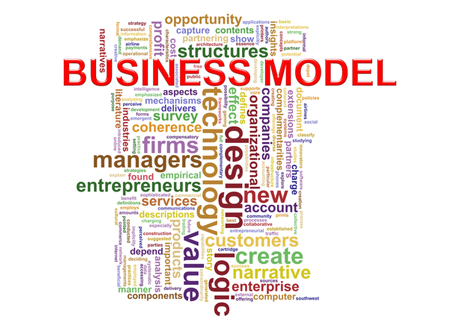Four Traits Your Next CEO Must Have For Your Organization to Thrive
Want to ensure your organization will thrive over the long run? If so, then your next CEO must have these four traits – 1) relentless focus on the long-term future; 2) inherently entrepreneurial mindset; 3) solid grounding in reality and the fundamentals of business; and 4) behavior of a consummate diplomat.






